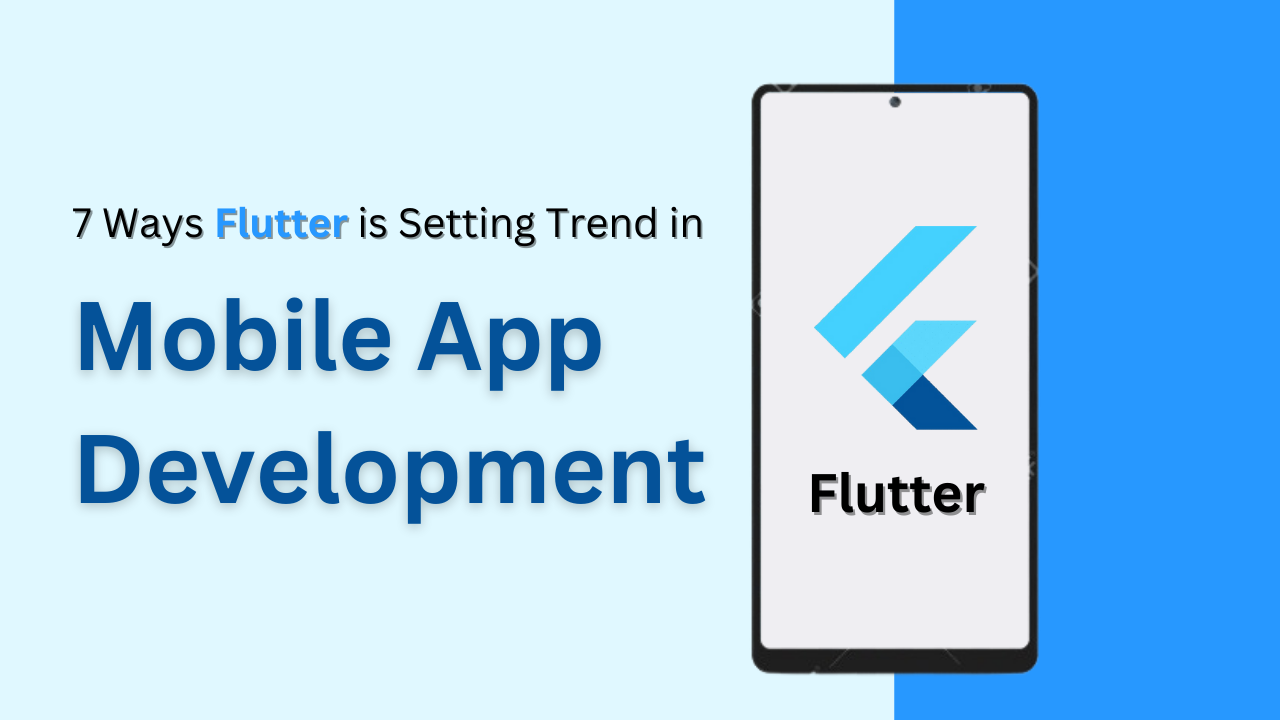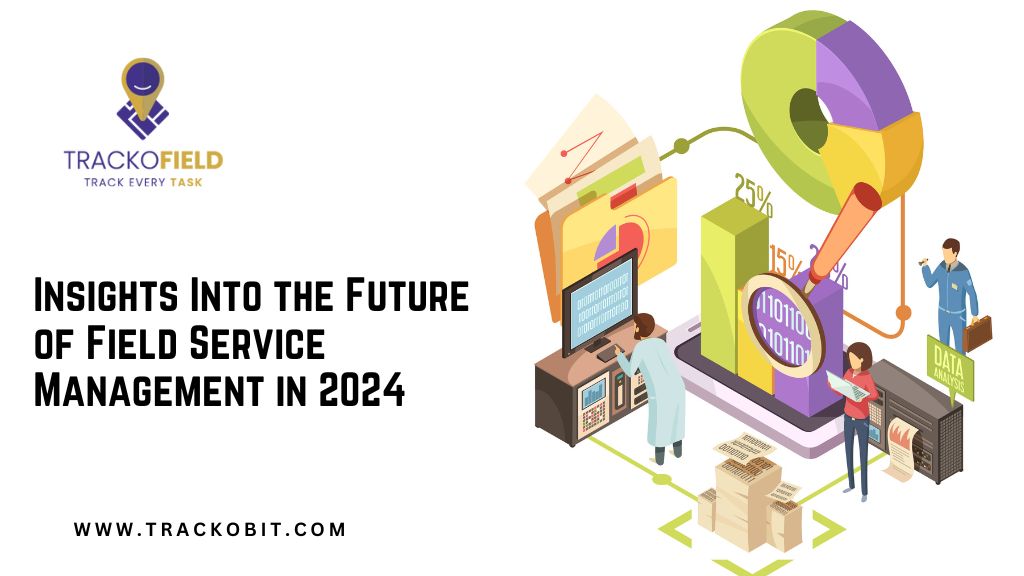Be it AI, IoT, AR, VR, Blockchain – it all compounds with recurring effort and becomes a movement with Flutter!
Flutter is increasingly been viewed as a technology that facilitates the growth of emerging technologies like AR, and IoT. Over time, it has rendered some of the fastest applications that work across platforms. Flutter users have never complained about sub optimal visual performance, or undynamic tech landscape. It has fought out with shady compilation issues, stability of framework, and performance rectification, etc.
Developers try hard to personalize user experience. What if they infuse a bit of AI and automate it, so that the user interface changes according to the mood of the user, showing what the user is looking for. Shopping apps recommend products according to the user’s past purchases.
Let’s just assume that all of it is possible. Many AI libraries are specifically designed to be used with Flutter (or maybe some other frameworks for that matter). Some include ML Kit, Teachable Machine, IBM Watson, Setting up ML Kit;
Other way round WiseGPT is a specialized AI model that is specially Flutter App Development. It is being used to read code, and support development. It debugs Flutter code after understanding coding style and the objective of the project.
Flutter accentuates efficiency of web development, performance, accessibility to ensure that apps are usable by as many people as possible (inclusive: it is being used by people with disabilities as well). Flutter is being extensively used to create text – to – speech and speech – to – text apps. Such applications allow blind students access educational content via these technologies. Such Flutter apps are trained to read the contents of the screen loudly and allow the user to speak their responses to the app.
Many visually impaired users rely on screen readers to understand app content. Flutter includes framework support for screen readers, and developers can use the Semantics widget to annotate the widget tree with descriptions. Users can enable screen reader tools like TalkBack on Android or VoiceOver on Apple devices.
Flutter apps accessible include following best practices like Use large fonts, flexible text sizes, and high contrast to improve legibility for users with low vision or color blindness. Avoid conveying important information only through color, and instead use other visual cues like icons or labels, and conducting thorough accessibility testing. Ensure buttons have adequate spacing and touchable areas to help users with motor impairments interact with them accurately. Consider users with cognitive impairments or dyslexia when designing the layout.
Flutter’s open-source framework and large developer community encourage creativity and innovation. For example, Flutter’s connectivity with Firebase and other third-party services allows developers to take advantage of emerging technologies like AI, ML, and AR.
Flutter by Definition
Flutter is an open-source UI framework from Google that allows developers to build applications for multiple platforms using a single codebase. It is used to build applications for mobile, web, windows, Linux, macOS, and embedded devices. Flutter’s widget-based architecture and reactive programming techniques makes it easy to create visually appealing user interfaces that are consistent across the app. Flutter’s single codebase allows developers to build apps for multiple platforms. This streamlines the development cost. It allows developers to easily change code and see the changes immediately. The default style for new projects, providing developers with attractive components. It has a large community of developers and nearly 30,000 packages available for use.
Benefits that Flutter brings
Google supports and maintains Flutter, which makes it a reliable platform.
- On account of performance, Flutter apps are compiled into native code, which makes them fast and can run at up to 120 frames per second.
- Developers may use a single codebase to develop apps for multiple platforms, which can save time and money.
- For the widgets, Flutter has a large library of customizable widgets that can help developers create interactive user interfaces.
- As per the animations, Flutter uses the Dart programming language, making it easy to create smooth animations.
- Flutter flaunts a large community of active developers who resolve problems quickly.
- Also, Flutter reduces the development costs, speeds up the rendering time, and brings in high-quality platform-specific UI, good price-quality ratio, and ease of integration.
Flutter is a relatively new framework that is still young as compared to native development options. Its 3D capabilities are still under development, though they are constantly improving. Flutter apps tend to be slightly larger than native apps due to the framework’s inclusion.
Conclusive
For all that we discussed so far about Flutter app development cost, saving effort and time, loading fast, live changes, beautiful and customizable UI, high responsiveness and performance, and growing ecosystem, it makes it a compelling choice for developing apps for mobile, web, desktop platforms.
Flutter is setting trends in mobile app development with its ability to streamline development for both iOS and Android through a single codebase. Flutter App Development Companies leverage its efficiency to offer comprehensive mobile app development services, creating solutions that are cost-effective and feature rapid deployment capabilities.
Without changing much, you may expect a few additives to Flutter app development towards the end of 2024. It is expected to expand its support to wearable devices like smart watches and pedometers. Its ability to integrate with IoT devices could open up new avenues for app functionality. New widgets are expected to provide more flexibility and creativity for UI/UX design. Integrating AI and ML into Flutter apps could enhance the user experience and create personalized apps. Plus, using AR and VR in Flutter apps could create more compelling and interactive experiences for users.



